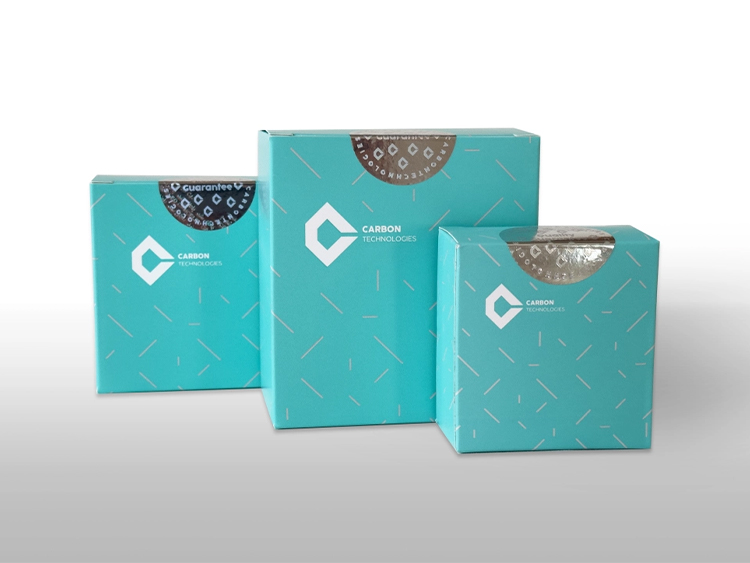Description
Product Specifications
COA
IFU
Instrument
Description
The thyroid gland mainly secretes two thyroid hormones, one of which is tetraiodide Thyroxine, or thyroxine (T4), accounts for 93%; the other is triiodothyronine (T3), which accounts for 7%; and is 20% in T3 circulating in the blood. It is produced by the thyroid gland, and 80% is converted from T4 by the liver under the action of 5′-deio dinase (5′-DI). T3 secretion is regulated by the negative feedback mechanisms that the thyroid, pituitary, and hypothalamus participate in. Despite the low serum concentration of T3, the physiological efficacy of T3 is much greater than that of T4. In the circulation, the 99.7% binding of T3 to translating is reversible, mainly thyroxine-binding globulin (TBG) and small amounts of albumin and thyroid-binding prealbumin (TBPA). T3 that does not bind to or in the free state has metabolic activity, while T3 that binds to transporter does not have metabolic activity and exists as a reserve for free T3.
Product Specifications
Intended Use
Total Triiodothyronine Assay Kit is a chemiluminescent microparticle immunoassay (CMIA) for the quantitative determination of Total Triiodothyronine (TT3) in human serum and plasma. The assay kit is intended for in vitro diagnostic use.
Principle
The Total Thyroxine assay is a quantitative competitive immunoassay to determine the presence of TT3 in human serum and plasma using CMIA technology with flexible assay protocols.
- Sample, assay auxiliary and paramagnetic anti-T3 coated microparticles are mixed, T3 present in the sample is displaced from the T4 binding protein and binds to anti-T3 coated microparticles, forming an antigen antibody complex.
- After incubation, a conjugate containing acridinium-labeled T3 is added to the reaction mixture and binds to unoccupied binding sites of the anti-T3 coated microparticles.
- After further incubation and washing, Pre-Trigger and Trigger Solutions are added to the reaction mixture.
- The resulting chemiluminescent reaction is measured as relative light units (RLUs). There is a relationship between the amount of TT3 in the sample and the RLUs detected by the optical system. Results are calculated automatically based on the previously established calibration curve.
Storage
The kit should be stored upright, not upside down or horizontally. Store at 2–8°C with a validity period of 12 months.
COA
IFU
Instrument
